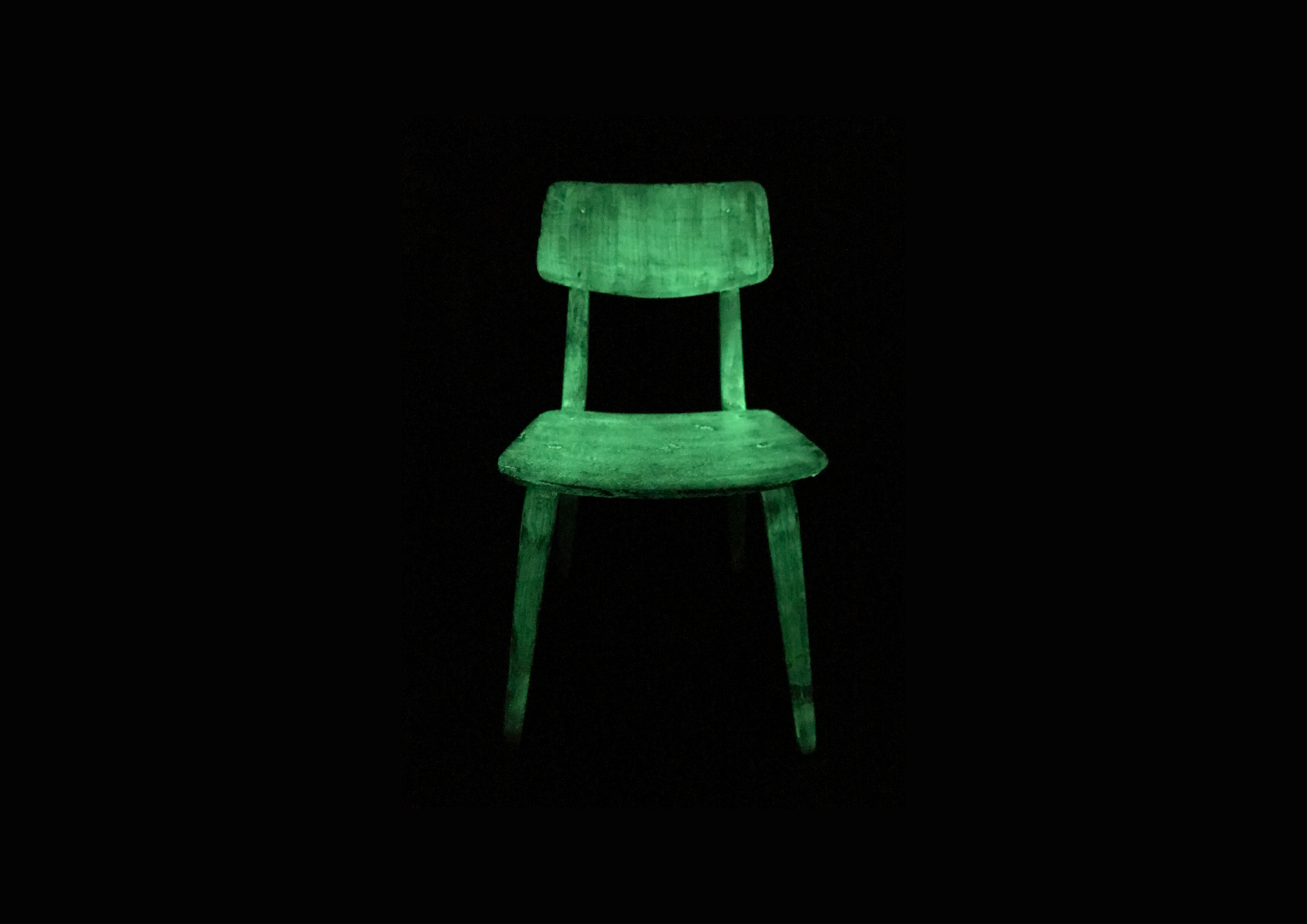Tuliuss is a pathway created in Vaskjala, Estonia, which highlights the biological diversity of the location, mimicking the European glowworm (in Estonian: Tuliuss). On the Tuliuss pathway, installations that glow in the dark offer new narratives related to the ideas for taking more time to rediscover our connections with natural surroundings. The pathway and the artworks can be found based on an online map that offer a unique experience especially at night.
Tuliuss is a pathway created in Vaskjala, Estonia, which highlights the biological diversity of the location, mimicking the European glowworm (in Estonian: Tuliuss). On the Tuliuss pathway, installations that glow in the dark offer new narratives related to the ideas for taking more time to rediscover our connections with natural surroundings. The pathway and the artworks can be found based on an online map that offer a unique experience especially at night.
The following online map shows the place of the objects exhibited in nature:
https://earth.google.com/web/@59.35592,24.95477,222.70757839a,1000d,30y,0h,0t,0r/data=MicKJQojCiExZXRrblNEclNvS3ZmOVFEbVdWLUo1bnI5VmdGNjVUYXA6AwoBMA?authuser=0
Video intro:
https://youtu.be/2_YmO-cBMnY
Please highlight how the project can be exemplary in this context
The Tuliuss project offers new narratives that may catalyze social innovation and create a culture for environmental protection and sustainable development.
The Tuliuss pathway is created for highlighting the biodiversity on a rural territory by mimicking the bioluminescence of the glowworm/"Tuliuss" to which associated representations of ideas and connections can be found as installations that glow in the dark. This way creating new narratives that link to the ideas related to the importance of taking time and effort to better understand and reconnect with our biosphere.
The project was made in a way that is eco-friendly. The glowing pigments have no harm to the environment and the wideness of the pathway was created to take away as little space from the nature as possible. For the installations found materials have been reused and upcycled.
Please highlight how the project can be exemplary in this context
The outdoor installations that are part of the Tuliuss pathway offer a unique experience by they glow in the dark. These installations can be found based on a online map, in a rural landscape next to the road. While taking the journey on this pathway and finding the art installations on the way, exhibited in nature, broadens the participants connections in understanding better the environment and our place in it, while gives an opportunity to spend more time in natural environment and reconnect with it.
Please highlight how the project can be exemplary in this context
Visiting the pathway is open for the public and free for anyone interested visiting it. The pathway including its objects is accessible and can be found based on the following online map:
https://earth.google.com/web/@59.35592,24.95477,46.6378264a,1000d,30y,0h,0t,0r/data=MicKJQojCiExZXRrblNEclNvS3ZmOVFEbVdWLUo1bnI5VmdGNjVUYXA6AwoBMA?authuser=0
Please highlight how this approach can be exemplary
This interdisciplinary project is implemented with a goal to create and inclusive aesthetic experience that may drive cultural transformation towards environmental protection and sustainable development.
The Tuliuss pathway is created to encourage its visitors spending more time in nature, and reconnecting with it through the exhibited installations that glow in dark and are inspired by natural sciences and local folklore.
The project was made in a way that is eco-friendly. The glowing pigments have no harm to the environment and the wideness of the pathway was created to take away as little space from the nature as possible. For the installations found materials have been reused and upcycled.
The goal of the project was to serve as a local solution for social transformation towards sustainability.
After the project has been implemented the pathway has been visited by many groups during the night. Considering the unusual time and rural location the project had a high impact in driving attention and curiosity for spending time in this environment and reconnect with nature in a unique way.
Please also explain the benefits that derived from their involvement.
Participants were getting familiar with different concepts related to nature when walking through the pathway and observing the objects. At the same time they took more time to understand the complexities of our environment and reconnect to it. Those who visited the installations during the night overcame their boundaries for getting to know the more unknown side of nature.
By creating this pathway the goal was to provide a solution for awareness in biodiversity protection and encourage cultural transformation towards climate action, while offering ideas for environmental education, and protection of environment including our well-being that are all described as part of UN Sustainable Development Goals that ideally needs to be reached by 2030.
With the Tuliuss project I took the challenge to create new narratives between human perception and the natural landscape.
This project became a publicly available transdisciplinary example that may give new ideas in the fields of environmental education, landscape architecture and cultural transformation for environmental protection and sustainable development.
Please provide clear documentation, communication of methodology and principles in this context.
On 16th August 2021 the Italian Association of Landscape Architecture highlighted the importance of my project as a multidisciplinary example:
"With great pleasure I share this multidisciplinary work of art, where different landscapes, visuals, sounds, perceptions meet and create an emotional and exciting symphony, alluding to themes that are very dear to our Association and profession."
and the president, Ferruccio Capitani added wonderful impressions as a comment:
"I believe multidisciplinarity is the right way to deal with the problems of the "Earth", whose precious belonging we are not so aware of and grateful for.
Thanks to actions like Jila Svicevic e Piero D'agostino, o quella di Luciano Luca Cappellari (which AIAPP is following and will soon include in the 2021 Edition of Gardens & Country) GGI Open next September) we’ll be able to make an important contribution to the search for appropriate solutions.

@JilaSvicevic, 2021
Content licensed to the European Union.